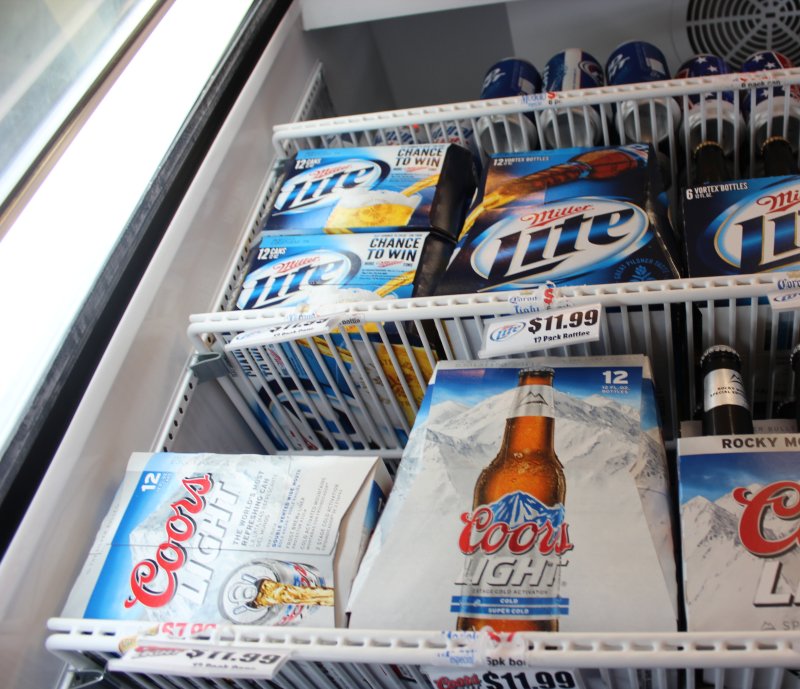A study suggests labeling lower strength alcohol paradoxically encourage people to drink more. Photo by Billie Jean Shaw/UPI
SATURDAY, May 19, 2018 -- Marketing "light" beer and wine could backfire, increasing the total amount that someone drinks, a new British study warns.
"Labeling lower strength alcohol may sound like a good idea if it encourages people to switch drinks, but our study suggests it may paradoxically encourage people to drink more," senior author Theresa Marteau, of the University of Cambridge, said in a university news release.
Marteau is director of the school's behavior and health research unit.
As part of a multi-pronged effort to reduce drinking, British policymakers are considering allowing alcohol makers to label a wider range of products as lower in alcohol.
That would include increasing the terms that could be used to denote lower alcohol content. It would also include products with lower strength than the current average -- 12.9 percent alcohol by volume for wine and 4.2 percent for beer.
To assess the effects of these changes, researchers divided 264 weekly wine and beer drinkers into three groups. The participants taste-tested drinks in a laboratory meant to replicate a bar environment.
The drinks varied only in the labels displayed. One group was presented drinks labeled "Super Low" and "4 percent ABV" for wine or "1 percent ABV" for beer. ABV stands for alcohol by volume.
The second group had drinks labeled "Low" and "8 percent ABV" for wine or "3 percent ABV" for beer.
The third group had drinks with no label for strength, just wine (12.9 percent ABV) and beer (4.2 percent ABV).
Overall, the lower the alcohol content claimed on the label, the higher people's total drink consumption, the researchers reported.
For example, consumption of drinks labeled "Super Low" was 214 milliliters (or ml) -- 7.2 ounces -- compared with 177 ml -- 6 ounces -- for regular unlabeled drinks.
Individual differences in drinking patterns and other factors did not affect these results, according to the study authors.
However, it's not clear if the results would apply in a real-world setting.
The findings appeared recently in the journal Health Psychology.
More information
The U.S. National Institute on Alcohol Abuse and Alcoholism has more on alcohol consumption.
Copyright © 2018 HealthDay. All rights reserved.
![]()
















